CURRICULUM NEWS
Compiled by Cat Fleming
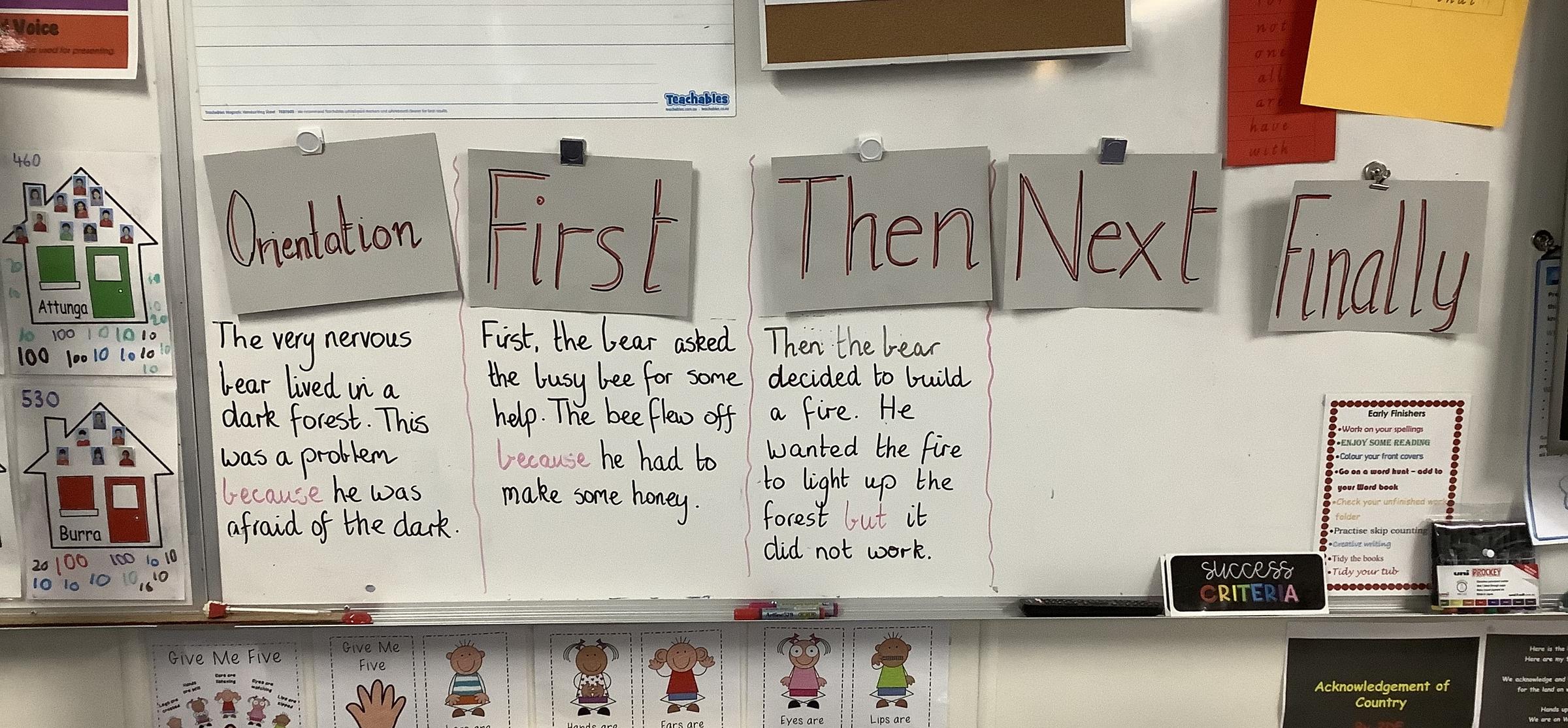
CURRICULUM NEWS
Compiled by Cat Fleming
Writing at BPPS
In the last newsletter I outlined our approach to writing at BPPS and introduced the Six Plus One Traits of writing. A quick recap.
Historically, writing at BPPS has been taught using the genre approach, wherein students study the language features appropriate to a specific genre of writing. The most common genres studied in primary schools are persuasive, narrative, and information texts, and include explanations, procedures, recounts, poetry and descriptions. In our quest to constantly improve our teaching, our students' learning, and specifically in 2022 their voice and agency, we approach writing – across the school from Foundation to Grade Six - through the lens of the Six Plus One Traits of Writing.
The Six + 1 Traits of Writing
The Six + 1 Traits of Writing is an approach for planning, teaching and assessing students’ writing. It is used across all genres, as the traits apply to all writing, any writing, all the time. Writing skills and behaviours are explicitly taught under the relevant umbrella trait appropriate for that stage of the writing process, which in and of itself is given huge importance as being a creative, ongoing learning experience separate from, but of equal importance to, the finished product. It is important to note that the Traits approach is not a program – it is a useful division of written texts into nameable qualities. Once you can name a concept, you can identify it, play with it, understand it, deconstruct it, talk about its importance, and use it as your tool to construct your texts. That is what is so empowering – to teachers and students. Naming and using the traits gives us the language to discuss all the skills of writing and to see them as threads to weave our ideas into a comprehensive whole. So, what are the traits?
The Six Traits of Writing are:-
And the Plus One? PRESENTATION.
The traits are used in schools across the United States, where comprehensive research was initially conducted before its successful rollout throughout the states. It is also used in Europe, South America, China, the Middle East and here in Australia. Its success lies in the shared vision of the qualities of writing.
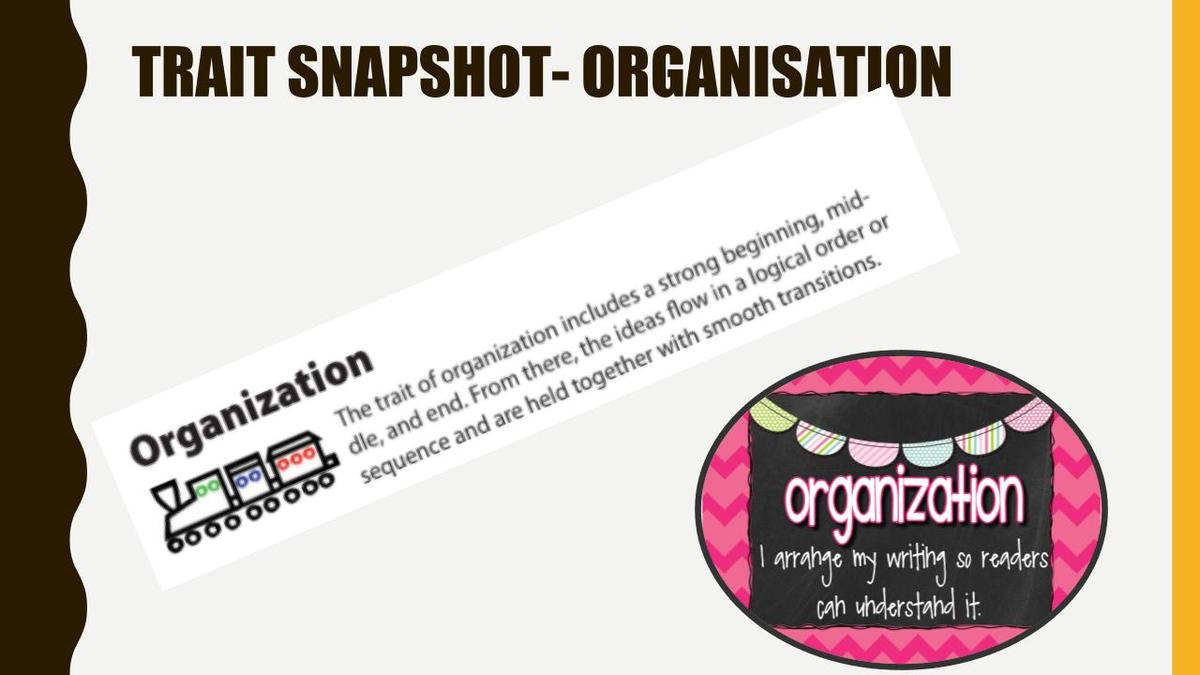
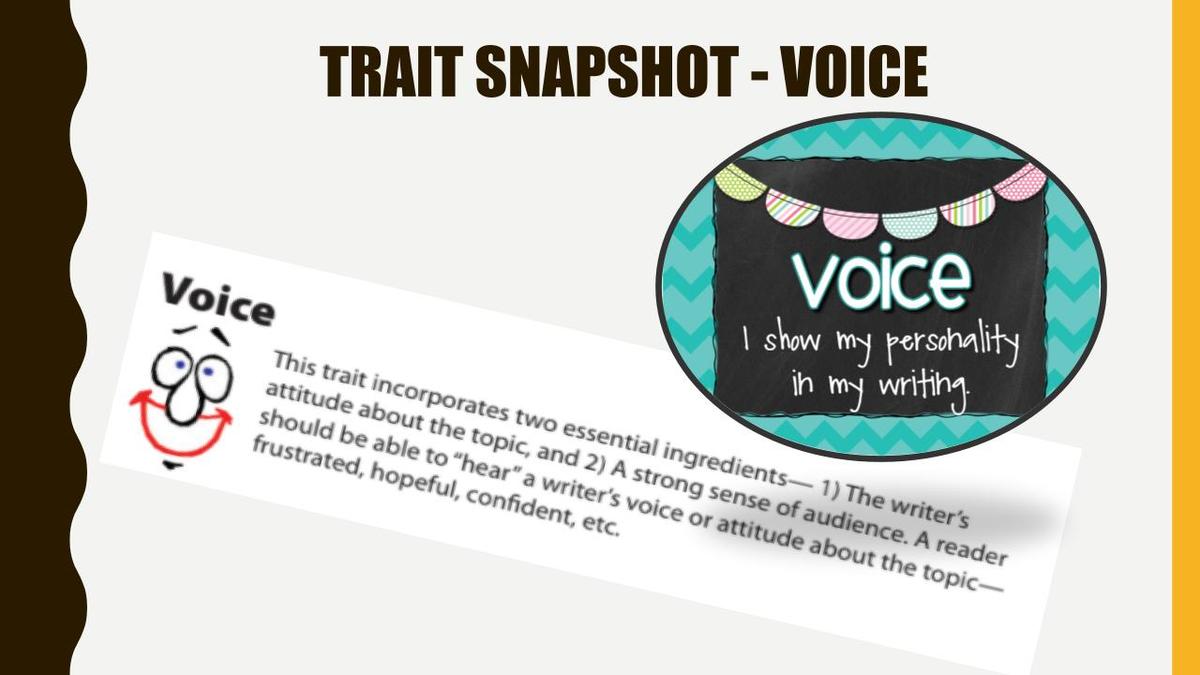
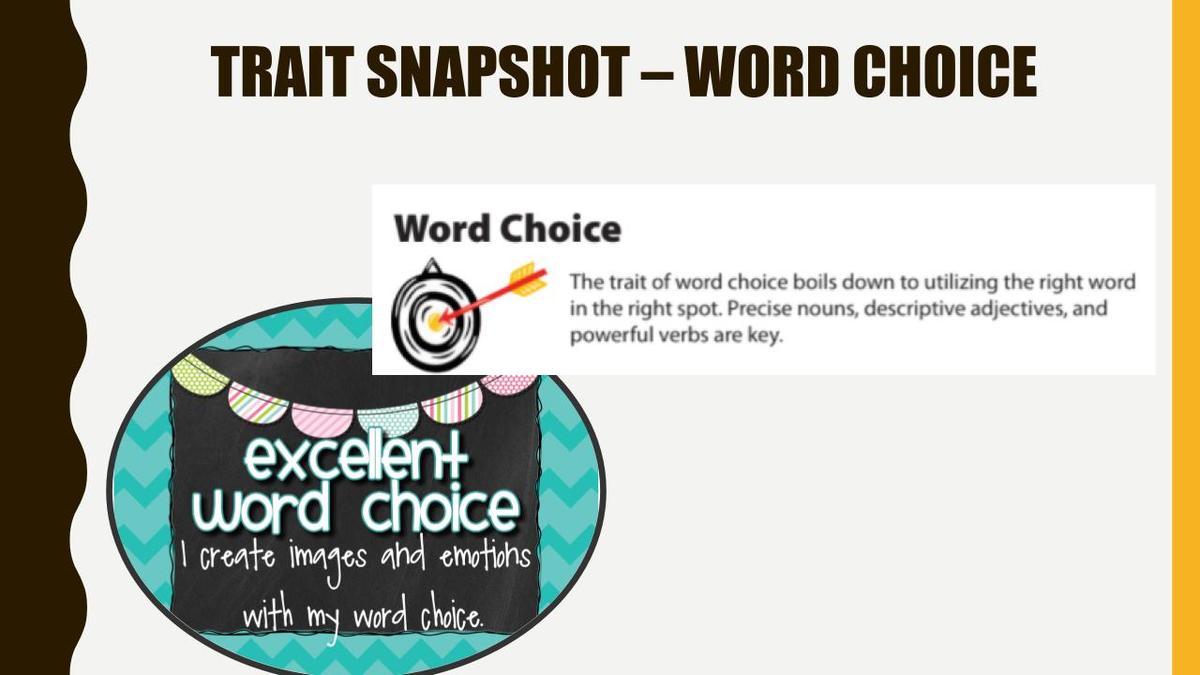
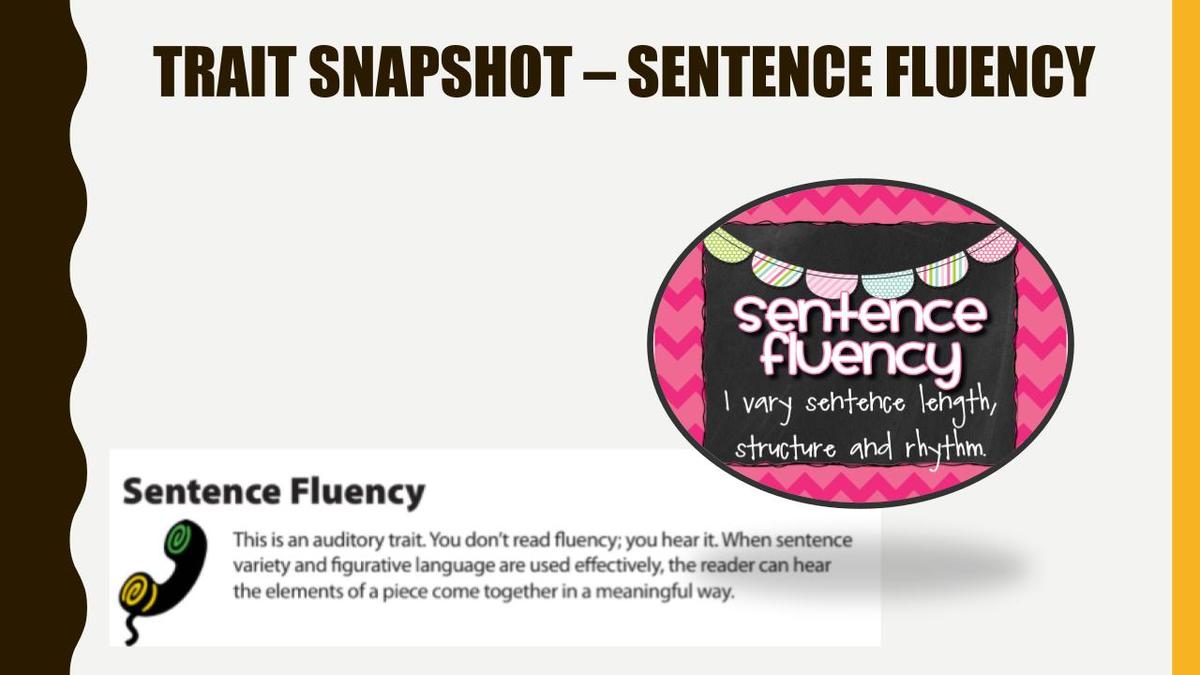






It is worth noting that the five traits illustrated above are the 'revision' traits - those aspects of writing that are endemic in the process of creating a written text. The other two traits, Conventions and Presentation, are editing and publishing traits that are focused upon once the draft piece has been polished almost to the point of publication.
The Traits at BPPS
Students in Team 5/6 have been following a Cold Write/Hot Write process in their writing sessions for over a year, as outlined in the pictures below. Team 3/4 students began this process last year and are following a genre approach closely aligned to their Team 5/6 counterparts. This consistency allows for teachers across four year levels to work more closely when assessing and moderating their judgements against the Victorian Curriculum. It also encourages and facilitates professional student-centred discussions using a common language and terminology.


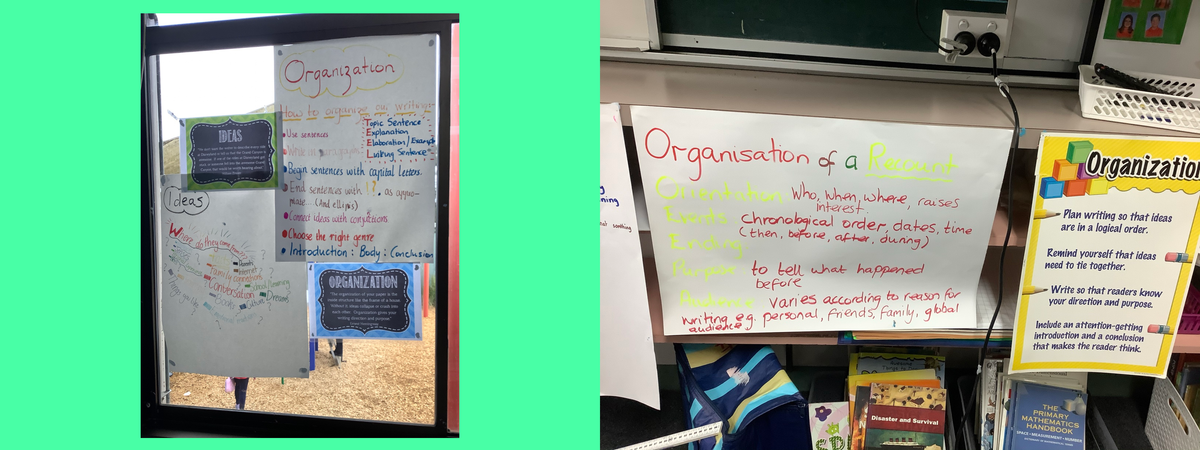
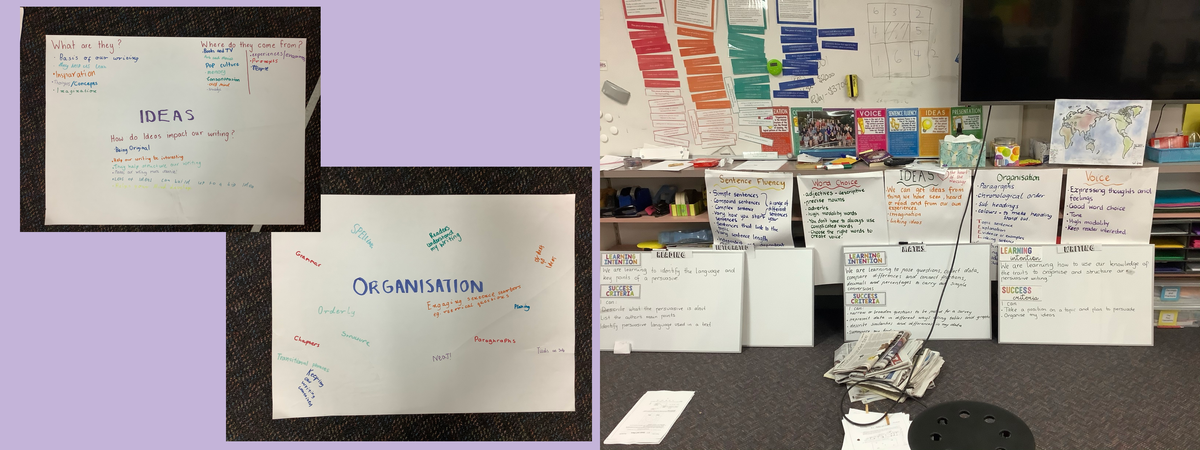

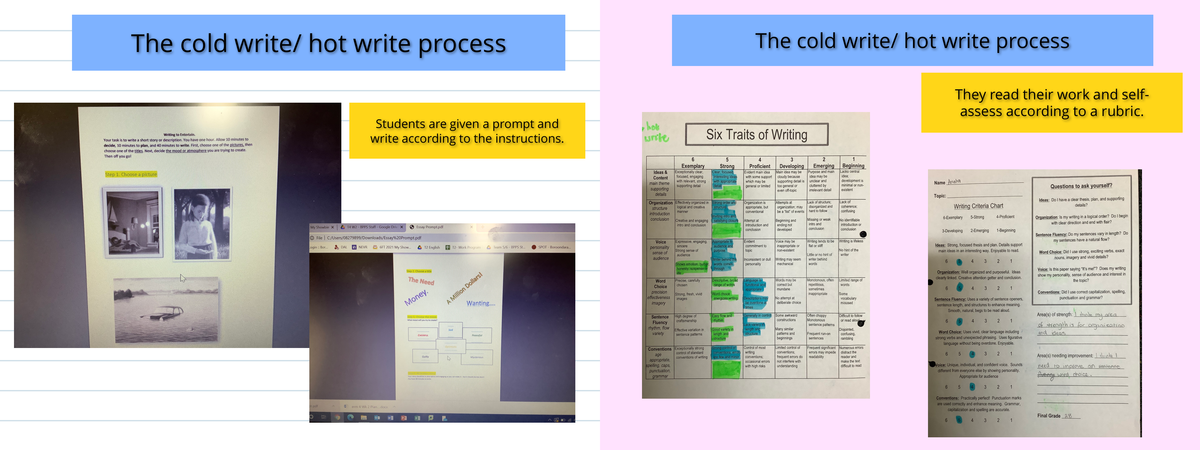
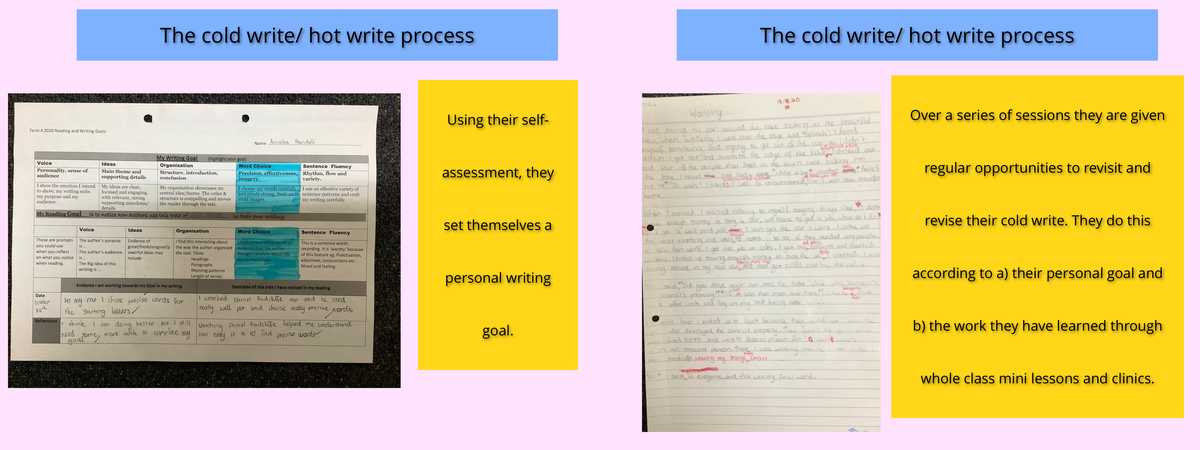
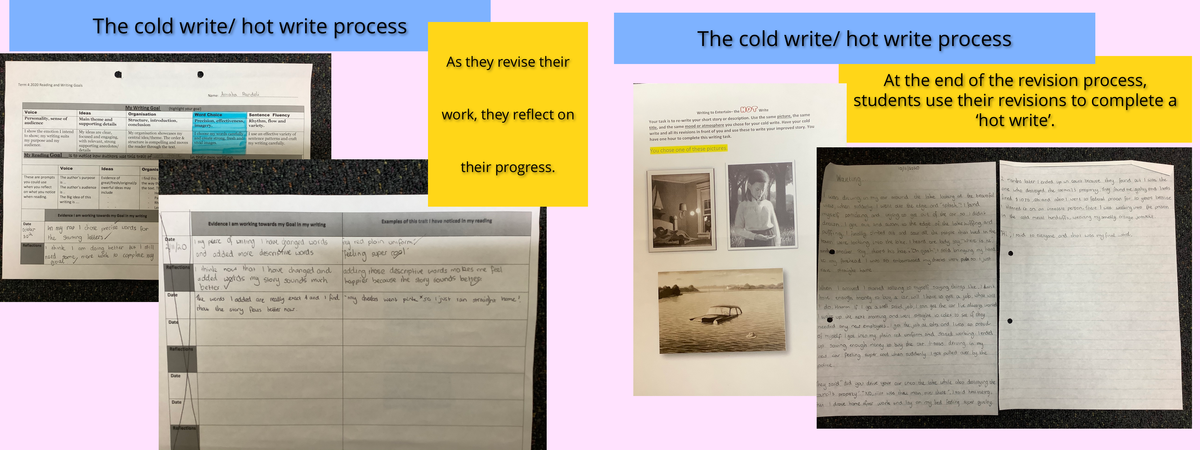
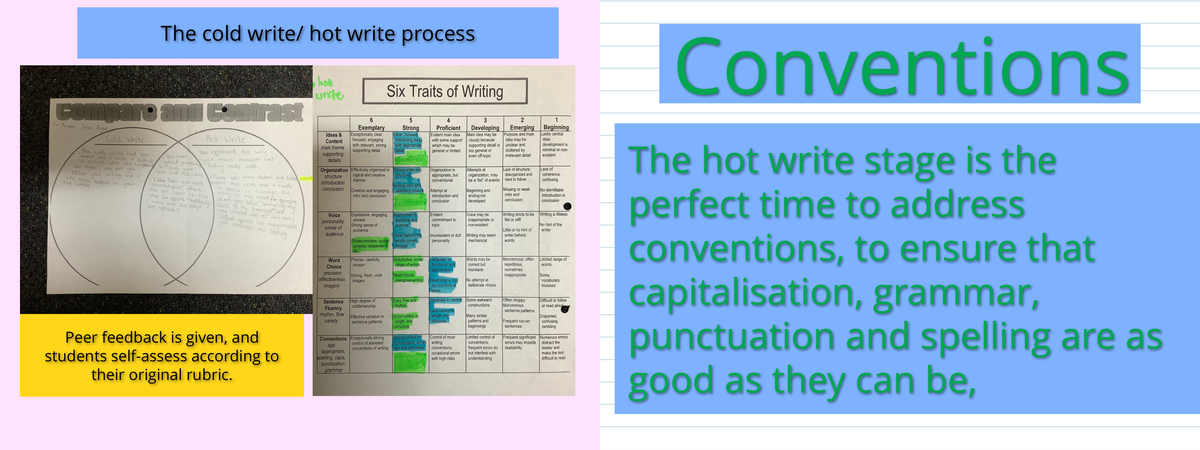











At the beginning of this year, students from Foundation to Grade 2 have been introduced to the language and the meaning behind the labels of the traits. Foundation students have been introduced to the importance of Ideas - that all writing starts with a good idea. In Grades 1 and 2 students have been looking at how to write a recount. Their writing has been approached with an emphasis on the importance of ideas, how we choose the best words for what we want to say, how we construct sentences to express ourselves accurately, how we punctuate those sentences correctly, and how we organise those sentences into a logical, sequenced series of events.
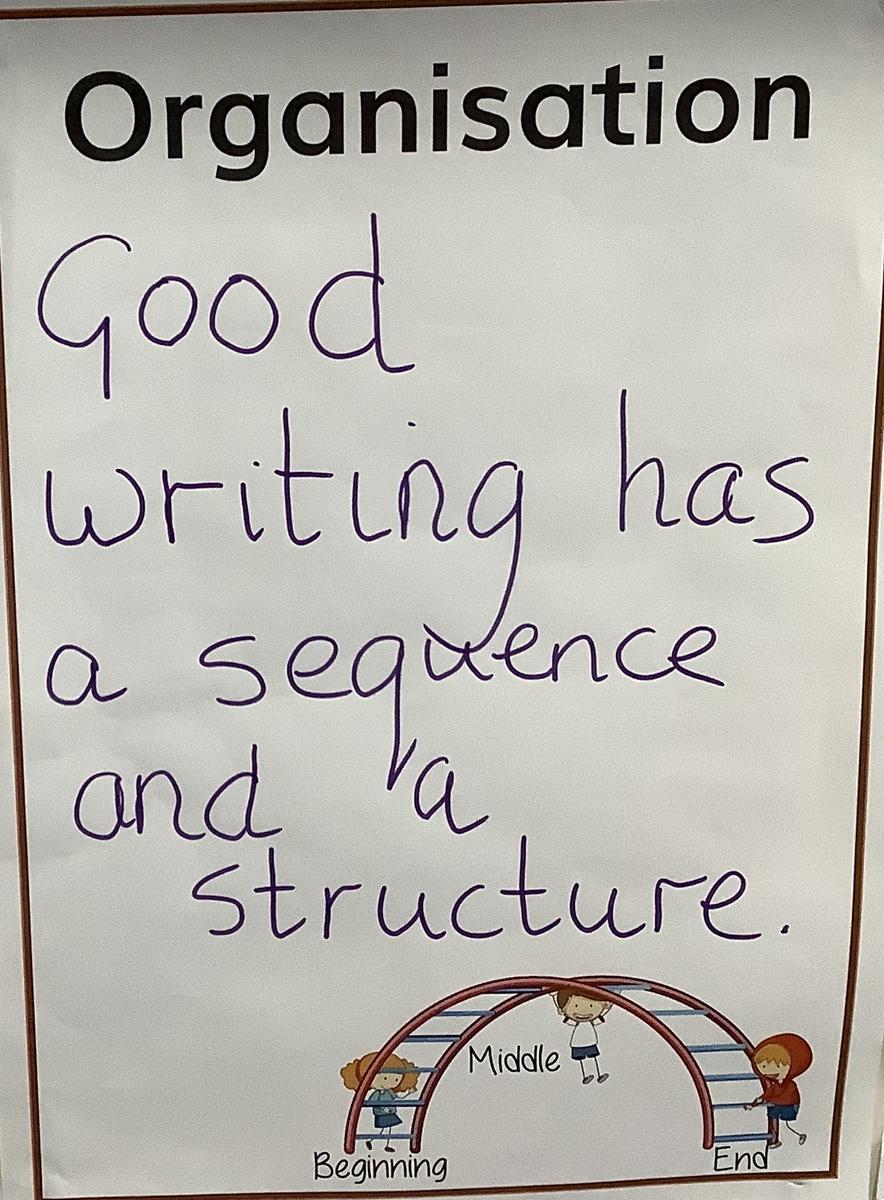
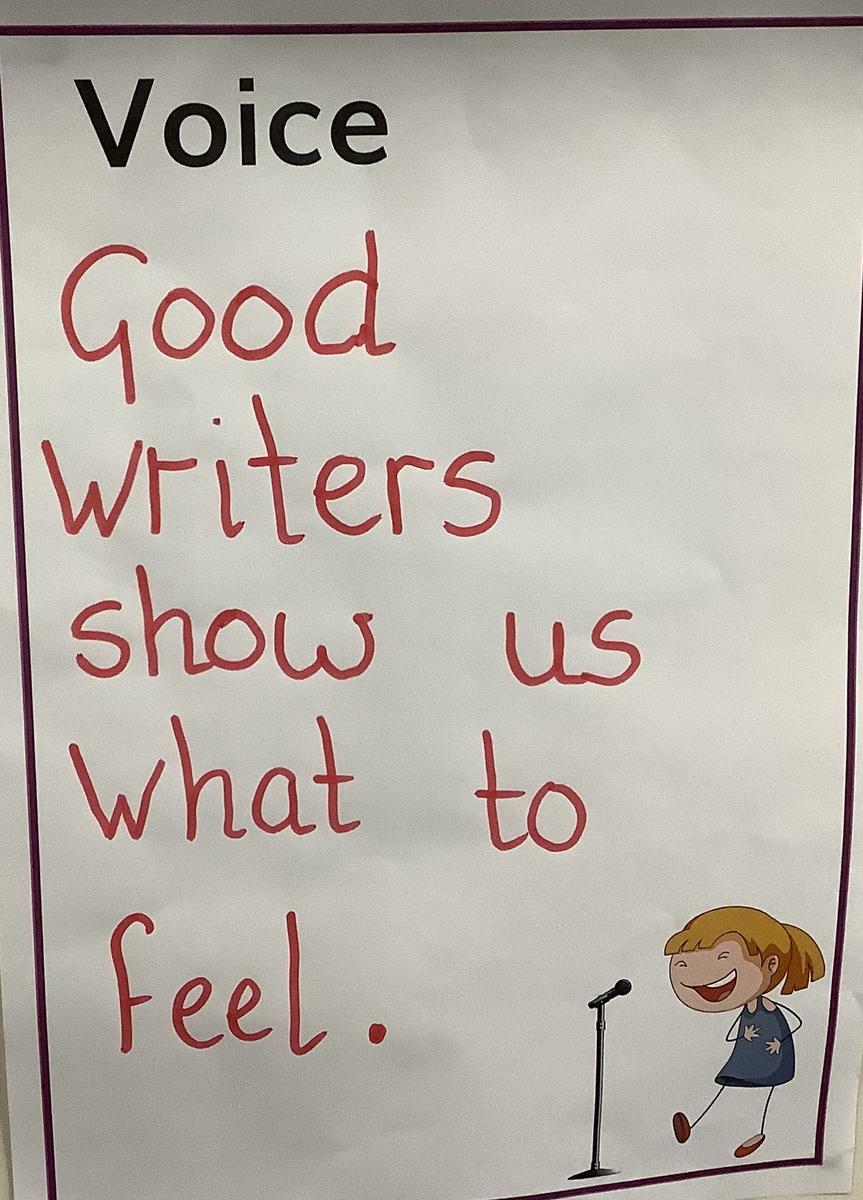

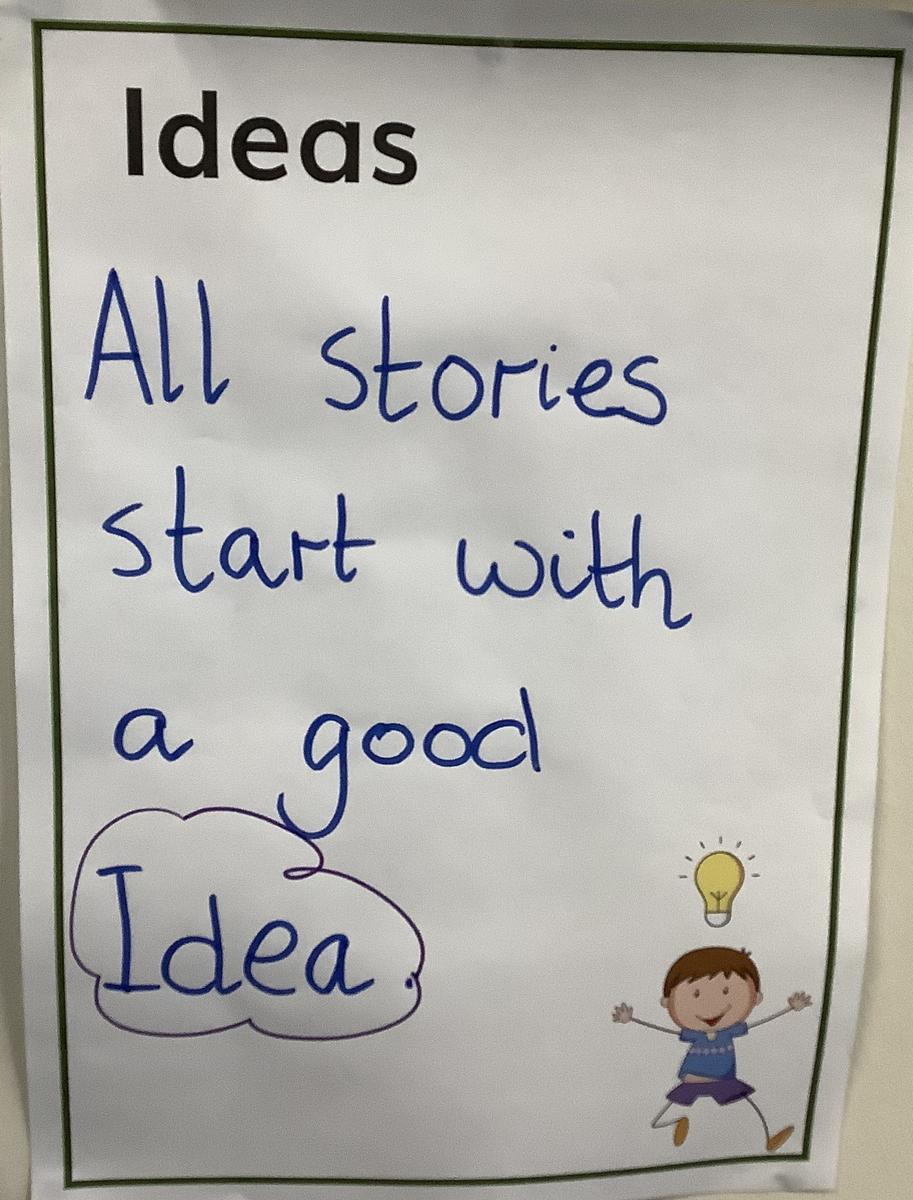
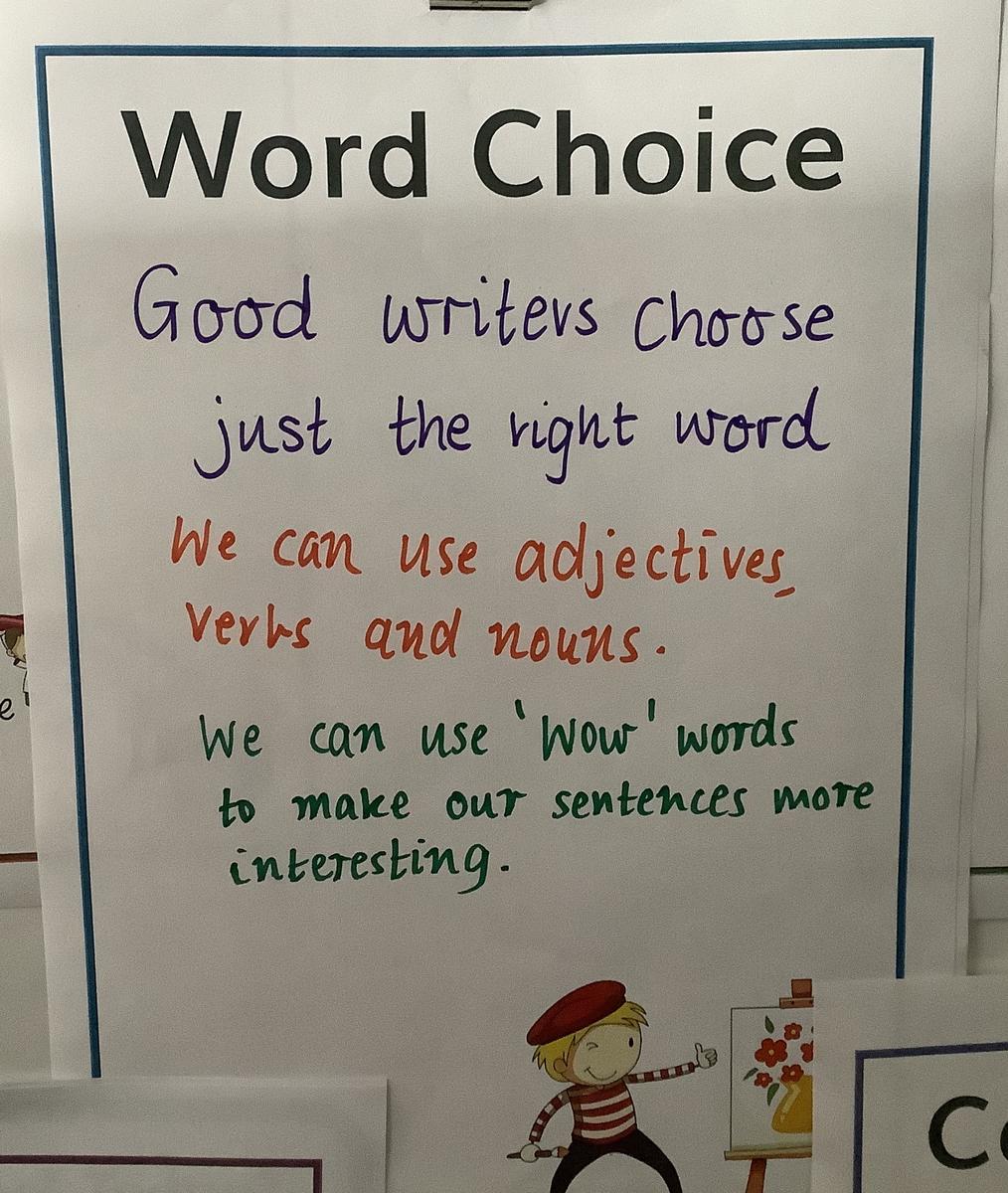
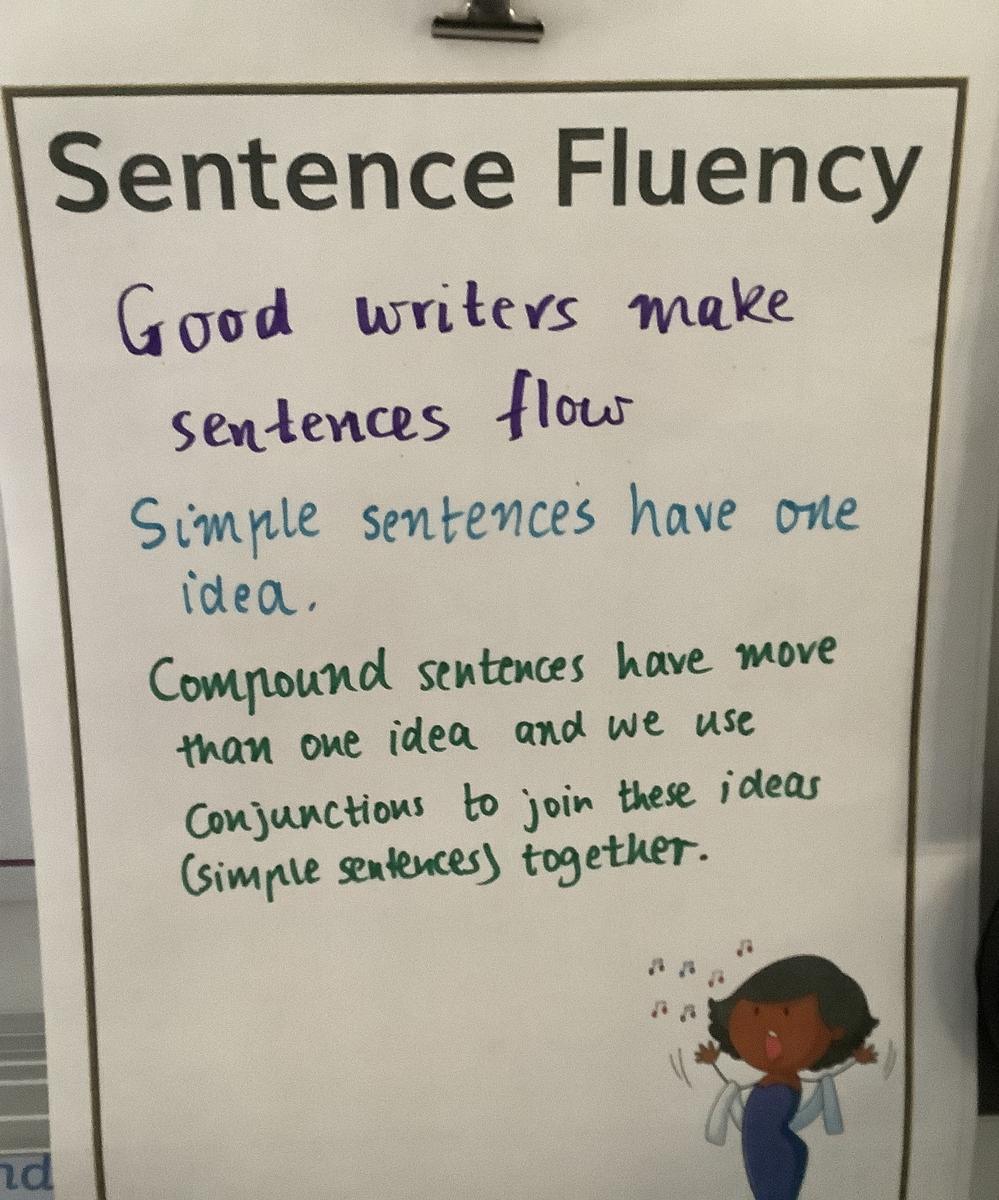






Across all year levels, work continues on up-skilling our students as writers, thinkers and communicators, as, after all, writing is simply a tool we use to convey the thoughts we have to others. Using the traits has allowed teachers and students to de-mystify the way texts are produced, and to study and use the techniques at play in good writing. In our classrooms students can be heard using the language of the traits as they share their writing, in their discussions with each other, and in conferences with their teachers. We look forward to seeing their writing progress throughout the year, as teachers use mini-lessons to explicitly teach the writing skills under the umbrella of the relevant trait, students practise these skills and apply them to their writing, set smart goals for themselves that reflect a focused area for improvement, self-assess and celebrate their newly-acquired writing skills!